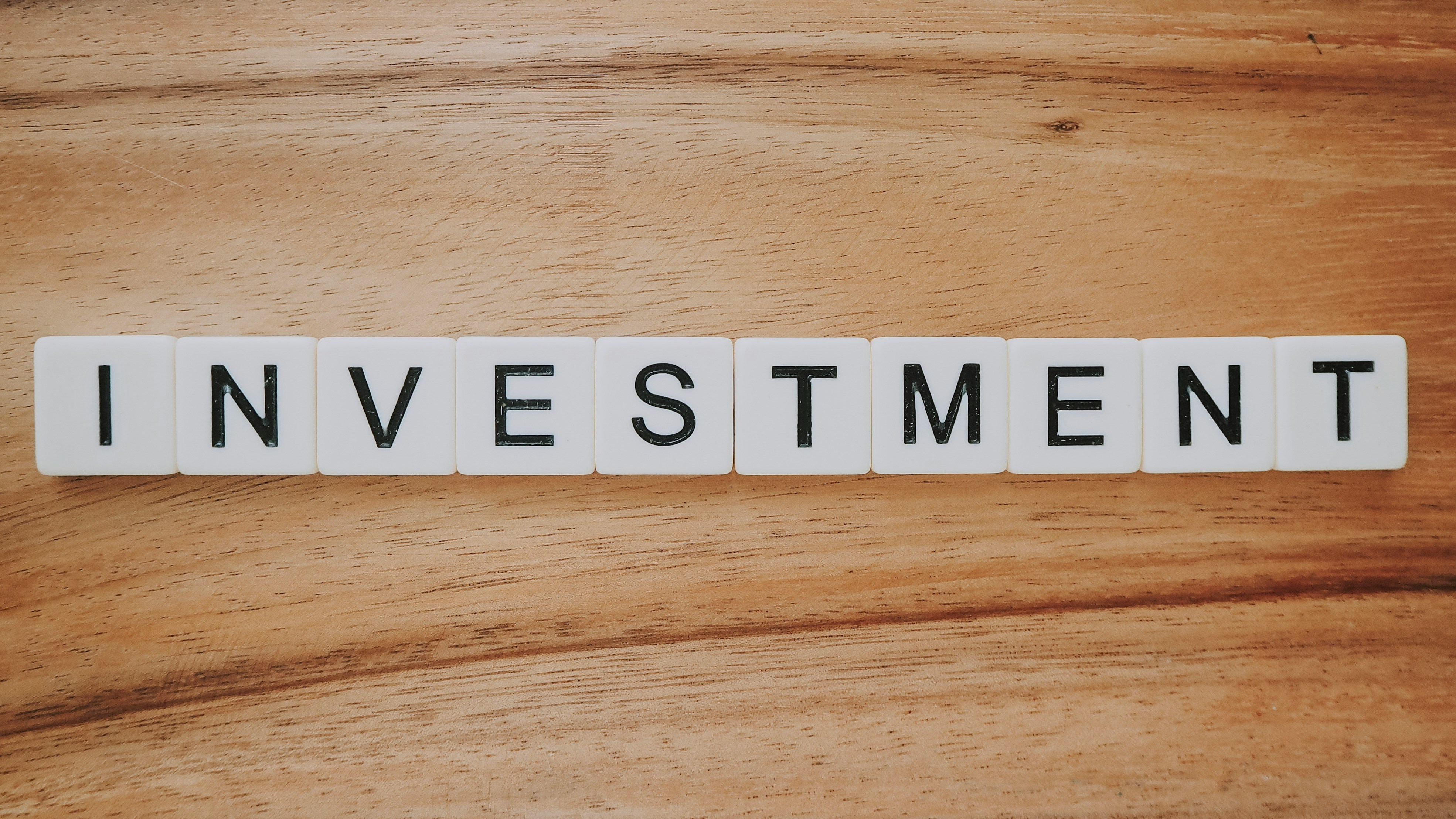Starting a business from the ground up is very complicated and challenging. The first step is to identify a problem and give a solution that will be desirable to a specific market segment. But, of course, even the most revolutionary ideas cannot be implemented without proper funding for a startup.
The costs of starting a business or a startup can be standardized depending on the nature of business required. Since startup cost incurred by the business in the early startup stages of its operation might be high due to buying of fixed assets such as furniture and office equipment, it might not survive if sufficient capital is not available. If you are leading startup it is necessary to learn about the limitations of the funding sources.
what’s in the article
- What Are Startup Funding Stages?
- Pre-Seed Funding
- Seed Funding
- Series A Funding
- Series B Funding
- Series D and Other
- Initial Public Offering (IPO)
- Conclusion
What Are Startup Funding Stages?
Startups funding stages are phases that a business passes through in the process of achieving financial funding as it expands. All stages show the development process of the startup that responds to investors’ money needed for the different startup funding phases. Here’s a breakdown of the common stages:
- Pre-seed Stage
- Seed Stage
- Series A
- Series B
- Series C and beyond
Each stage of funding is very important for the startup’s growth, with investors gaining equity in exchange for the financial support provided. That is why sometimes startups prefer using professional startup fundraising services instead of searching for potential funding alone.
Pre-Seed Funding
Pre-seed funding is that initial capital that any startup company acquires in its preliminary financing stage. At this stage, the business might be established but is mainly concerned with perfecting an idea, searching for a market or, in case of new ventures, creating the first model. It is usually characterized by small amounts of capital and aimed at providing the necessary initial expenses such as creating a proof of concept or MVP. This stage is particularly risky to the investors as startup is still in it’s earliest funding stages for startups, making it mostly nonexistent.
Key Investors in Pre-Seed Stage
In pre-seed stage, majority of funding comes from friends and family of founders and angels. Key investors may include:
- Founders: For a long time, bootstrap financing is the most common type of financing, where the initial capital is the founders’ money. It shows that they use own money to get the business off the ground.
- Friends and Family: Family and friends are often the initial source of funding in any form in this stage of operation for a startup. These investors do not invest based on expected financial returns but rather base there investment on founders’ trust.
- Angel Investors: There are early-stage investors some of whom are called angel investors because they are ready to take risks at the initial stage. It may give a startup money in exchange for an ownership stake, in some cases, hoping that the startup will grow over time.
- Incubators and Accelerators: These organizations can offer money for these new businesses within their ideas, as well as recommendations, work space and many more resources that would help the startups launch their business.
Each of them has a unique role in contributing one of the most valuable resources – capital – at the very conception of a business idea based on startup market research services.
Seed Funding
Seed funding is the following stage after the pre-seed stage which is an important stage to a startup. This phase is focused on taking the initial idea or prototype and turning it into a fully functioning product or service. In the seed fundraising stages, the capital is used for team expansion, defining the market, and starting the acquisition of customers. The time is a critical moment for the startup as they have to prove viability of the business model to produce revenues. Seed funding is crucial for scaling operations because it target establishment for subsequent expansion.
How to Prepare for Seed Funding
Acquiring seed capital also involves preparation because investors want to see that the startup company is capable of growing. Here’s how to prepare:
- Develop a Solid Business Plan: Make sure your business plan clearly outlines the problem your startup solves, who you are selling to, and how are you different from the competitors? Market players require to witness your company’s objective and its way to generate profits.
- Validate Your Product: Essentially, the founder must show that your product or service works and has demand at the market before you go out for seed funding. This may include doing user testing, introducing a beta version, or finding the first customers.
- Build a Strong Team: This is as good a time as any to state that investors invest in people as much as in ideas. Demonstrate that you have a competent and committed workforce competent in implementing the stated business strategies.
- Create a Financial Model: Provide a clear vision of where the costs lie in start-up funding, what kinds of revenue to expect and what aims should be set for growth. Shareholders and potential investors expect to be convinced that you know your figures and are capable of making sensible forecasting about the future.
- Prepare a Pitch Deck: Your pitch deck should be brief but persuasive, demonstrating why your business is the solution to a market need, and whether your business fits well within that market, how your business will function, and evidence it currently serves as one.
- Network with Investors: It is important to also warm up contacts with potential investors as early as possible. Go out to the next pitch event, find your startup peers, acquaint yourself with investors in your niche. The more you come closer to them, the better the probabilities are that you’ll be able to attract the right seed investors. Sometimes it is needed to take startup valuation services before contacting investors to outline specific strong points of your venture and prepare definite message for them.
If you do these things and indeed the steps articulate here, you’ll be in an even better position to look for seed capital and therefore pilot a startup in success.

Looking to get consultation in funding and investment receival?
EVNE Developers is a dedicated software development and consulting team with a product mindset.
We’ll be happy to help you turn your idea into life and successfully monetize it.
Series A Funding
Series A funding milestone establishes a startup as a venture with a stable growth potential. Here the startup must have retained its product-market; have generated some revenue and has a few customers. Series A financing majorly targets on the growth of the business, product differentiation, and the geographical market. Is used to strengthen and improve the team, optimize its work, and attract clients and additional investors. Series A investors, generally, venture capital firms, seek for enterprise with the well-established business plan and clear prospects, which state the enterprise’s ability to become profitable in the long-term perspective.
Series B Funding
A Series B funding helps to take the already-launched startup to an even higher level. This round of investment is geared towards DER’s growth through a larger infrastructure framework, geographic diversification and increased operational efficiency. At this point the firm has already established itself and the money from Series B round is mostly used to scale production, ramp up marketing and sales teams. The major aim is to cover a larger market share as well as to achieve better sales and growth in the long-run. Series B funding investors seeking to invest are looking for businesses that show a lot of promises to deliver market revenues and are almost in the edge of the leaders’ circle.
Series D and Other
Series D and its subsequent are used when a firm requires funding to grow further or when it needs to address new opportunities such as moving into another geography or creating new products. These rounds may occur if the startup is not yet at its first major ‘exit’, for example, acquisition, Initial Public Offering. Additional sources of funding might also include the Series D funding round if the company is still tweaking its business model or if the company also requires more capital push to sustain growth. All of these latter phases of startup funding are crucial in the evolution of a company since it tries to secure its niche and possible future scenarios.
Latest E, F, G Funding
Beyond Series D, startups may raise further rounds of investment, known as Series E, F, or G, as they continue scaling operations or address new strategic goals. They typically include a higher amount of capital and are engaged only by the companies that are on the verge of going IPO or making a big acquisition. Such investors will normally seek both steady revenue and high returns since the business is expected to be well grounded within the respective industry. The later stage funds are used by companies for acquisitions, opening new geographical markets, or going IPO. This comes with lots of criticism as investors seek to know when the companies will records improved revenue growth and profits.
Initial Public Offering (IPO)
An Initial Public Offering (IPO) marks a significant milestone for a startup, as it transitions from a privately-held company to a publicly traded one. An IPO refers to the legal process by which a hitherto private enterprise becomes a public limited company and floats its shares in the stock market.
An IPO is the first time a company sells shares of its common equity to the public which allows it to access a large sum of capital to help the company grow or enter new markets, or pay off existing debts.
IPOs are regarded as evidence that the company has grown up to a certain stage, and that its performance is solid enough for attracting the public. It succeeds several rounds of private financing and It would be a way of exiting for early investors and founders. However, going public is also accompanied by higher levels of exposure to public and legal requirements as well as the imposed need to satisfy shareholders.
Conclusion
Funding in start ups is a complex process that begins with creation of a new venture and goes through different stages of funding for startups until the venture has matured into a solid company. Recognizing them, planning and developing relations with appropriate investors are critically important to manage this process effectively.
Whether you’re just starting out or seeking growth capital, knowing the ins and outs of startup funding can make all the difference in turning your vision into a reality. In case you need specific assistance, you may always rely on specific digital business consulting services aimed to define your goals and methods to reach them effectively.
The duration varies with growth and market conditions. Pre-seed and seed stages usually last 6 months to 2 years, focusing on product development. Series A may take another 1-2 years for scaling. Series B and beyond can stretch over several years, with an IPO often occurring 5-10 years after inception.
Valuing at seed stage involves assessing factors like the founders’ experience, market potential, and early traction. Scalability potential and comparable company valuations are key. Future growth matters more than current revenue.
In pre-seed and seed investment stages, VCs focus on the team, market opportunity, and product concept. By Series A and B, they look for product-market fit, scalability, and revenue. At Series C and beyond, they prioritize financial performance, market dominance, and IPO readiness.
Series A focuses on scaling after product-market fit and early revenue. Series B and C focus on rapid expansion. Series D and later rounds prepare for IPOs, acquisitions, or global expansion, with larger investments in more mature companies.

About author
Roman Bondarenko is the CEO of EVNE Developers. He is an expert in software development and technological entrepreneurship and has 10+years of experience in digital transformation consulting in Healthcare, FinTech, Supply Chain and Logistics.
Author | CEO EVNE Developers


















